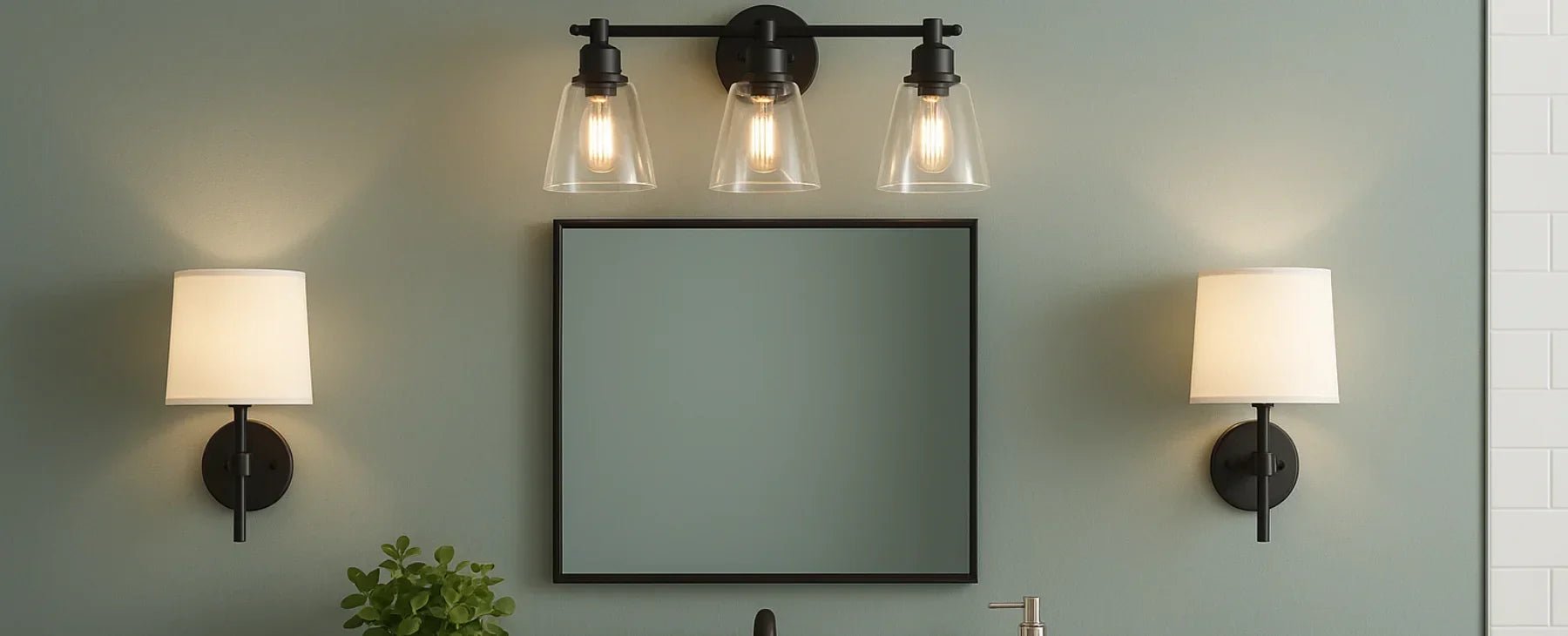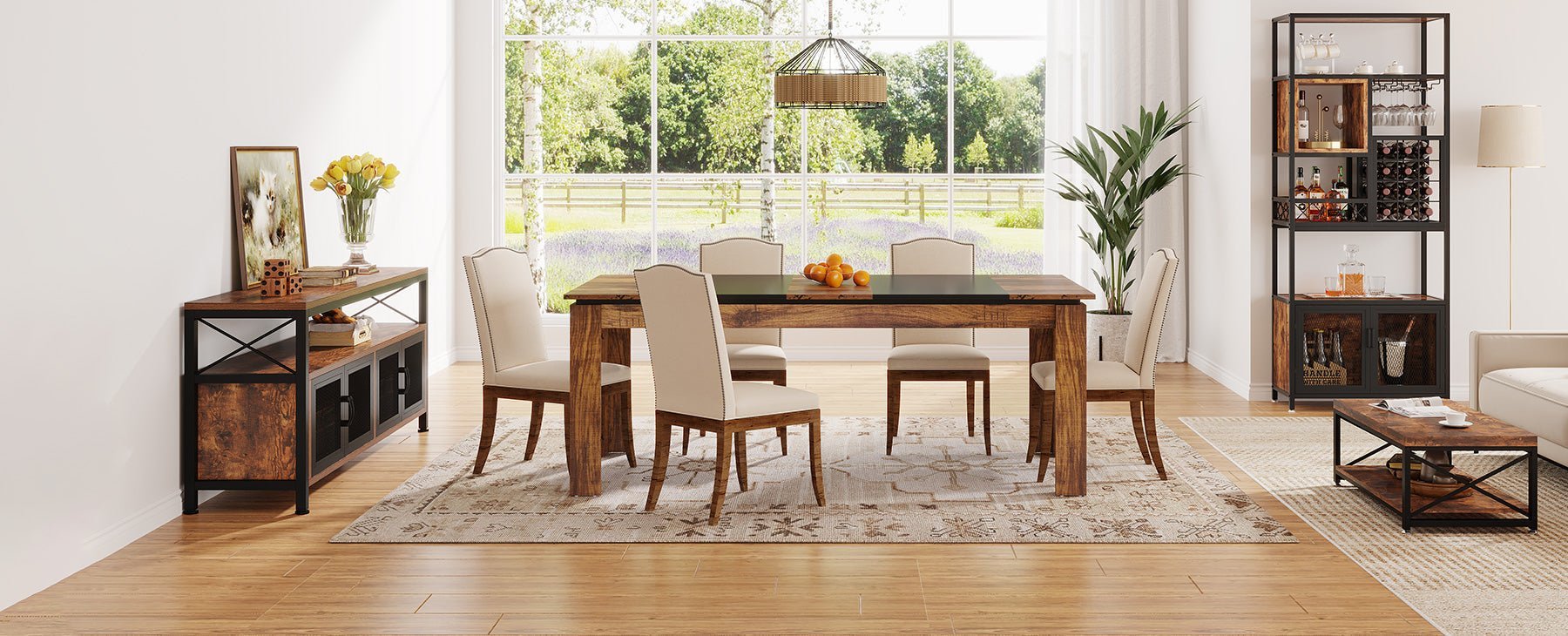The standard height for a dining table is 28 to 30 inches from the floor to the tabletop. This height is ideal for pairing with standard dining chairs, which typically have seat heights of 17 to 19 inches, allowing for comfortable legroom and proper posture while eating.
Standard Dining Room Table Height
The standard height of a dining room table is typically 28 to 30 inches (71 to 76 cm) from the floor to the tabletop. Most dining room tables fall within this range, but it’s important to note that some may vary based on design or specific dining sets. Choosing a table within this range ensures compatibility with most standard dining chairs.
Standard height dining tables are versatile and comfortable for most people. They pair well with chairs, stools, or benches that measure 18 to 23 inches in seat height. This classic height is great for formal dining settings and everyday family meals. It also suits a wide range of dining room styles, from traditional to modern.

What Is Counter Height Dining?
Counter height dining tables typically measure 34 to 36 inches from the ground. These tables are often seen in casual dining spaces or kitchens where the table doubles as a prep area. They pair best with stools or chairs that sit around 24 to 26 inches high.
Counter height tables are a great choice if you’re looking for a more relaxed and contemporary dining experience. They work well in open floor plans and can make smaller dining spaces feel more airy and open.
What Is Bar Height Dining?
Bar height tables, often referred to as pub tables, measure approximately 40 to 42 inches tall. These tables are commonly used in bar areas or casual dining spaces. To complement the height, stools or chairs measuring 28 to 30 inches are typically used.
Opting for bar height dining can create a social, laid-back atmosphere, perfect for entertaining guests. They also make a bold design statement, especially in modern or urban-themed dining areas.
Rectangular Dining Table Dimensions
|
Seating Capacity |
Length (cm/inches) |
Width (cm/inches) |
|
4-Seater Table |
120–150 cm (47–60 in) |
75–90 cm (30–36 in) |
|
6-Seater Table |
150–180 cm (60–72 in) |
90–100 cm (36–40 in) |
|
8-Seater Table |
180–240 cm (72–96 in) |
100–110 cm (40–44 in) |
|
10-Seater Table |
240–300 cm (96–120 in) |
110–120 cm (44–48 in) |
Round Dining Table Dimensions
|
Seating Capacity |
Diameter (cm/inches) |
|
4-Seater Table |
90–120 cm (36–48 in) |
|
6-Seater Table |
120–150 cm (48–60 in) |
|
8-Seater Table |
150–180 cm (60–72 in) |
Note: Round tables can often include extension mechanisms to increase seating flexibility.
Square Dining Table Dimensions
|
Seating Capacity |
Side Length (cm/inches) |
|
4-Seater Table |
90–120 cm (36–48 in) |
|
6-Seater Table |
120–150 cm (48–60 in) |
|
8-Seater Table |
150–180 cm (60–72 in) |
Related read: What is the Best Size for a Square Dining Table?
Oval Dining Table Dimensions
|
Seating Capacity |
Length (cm/inches) |
Width (cm/inches) |
|
6-Seater Table |
150–180 cm (60–72 in) |
90–100 cm (36–40 in) |
|
8-Seater Table |
180–240 cm (72–96 in) |
100–110 cm (40–44 in) |
How Do You Pick the Right Size Dining Table?
Selecting the right dining table size involves more than just measuring your dining space. It’s about finding a balance between comfort, style, and functionality. Here are essential tips to help you choose the perfect dining table size for your room:

1. Allow for Breathing Room
A good rule of thumb is to leave at least 3 feet of clearance on all sides of the dining table(This refers to the space between the edge of the table and the surrounding walls or furniture.). This ensures enough space for chairs to be pulled out and people to move around comfortably.
How to Calculate the Right Table Size:
- Measure the length and width of your dining room.
- Subtract 6 feet from each dimension to determine the maximum table size.
Example: If your dining room is 12 feet by 10 feet, subtract 6 feet from both dimensions.
- 12 - 6 = 6 feet (72 inches)
- 10 - 6 = 4 feet (48 inches)
In this case, a 72-inch by 48-inch table would fit well while maintaining sufficient breathing room.
2. Consider the “Weight” of the Table
The visual weight of the table significantly impacts how spacious the room feels.
Tables with slim legs and glass tops feel lighter and more open, making them perfect for smaller or more crowded spaces.
Chunky wooden tables or tables with thick legs have a more grounded, substantial presence, ideal for larger dining rooms or open floor plans.
3. Match the Shape to the Room
The shape of the dining table should complement the shape of the room.
Square Rooms: Opt for square or round tables to maintain symmetry. Round tables are great for smaller spaces and promote conversation by allowing everyone to see each other.
Rectangular Rooms: Rectangular or oval tables work best in longer rooms, providing ample seating and a visually pleasing layout.
Open-Concept Spaces: Consider extendable tables or modular designs that can adapt to various group sizes and layouts.
Quick Tip: In tight spaces, a round pedestal table can save space while still providing ample seating.

4. Consider Seating Capacity
Make sure there is enough space for each guest to sit comfortably. Here is a quick seating guide: Round table: 36 to 48 inches: seats 4, 60 inches: seats 6. Check out this blog for more dining table and chair sizes.
5. Consider Table Clearance and Foot Traffic
In addition to the 3 feet of clearance around the table, consider aisles and entrances:
Allow at least 4 feet of space in high-traffic areas or places where people need to pass frequently.
Make sure doors and walkways are clear when chairs are pulled out.
6. Consider Table Height
Standard table height is 28 to 30 inches, but if space allows, you can also consider adding bar height (34 to 36 inches) or counter height (40 to 42 inches).
7. Focus on Functionality and Flexibility
Extendable tables: Great for seating more guests when needed, but don’t take up too much space when not in use.
Convertible dining tables: Some dining tables can be converted from coffee tables to dining tables, making them perfect for small apartments or multi-purpose rooms.
Bench seating: Benches provide additional seating while maintaining a streamlined look and can be tucked away underneath the table when not in use.
FAQ
Is 32 Inches Too High for a Dining Table?
A dining table that stands 32 inches high can feel a bit too tall for standard dining chairs. It might be better suited as a counter height table, which generally pairs with taller stools.
How Much Space Is Needed for a Dining Table and Chairs?
To ensure comfortable seating, allow at least 24 inches of space behind each chair. This clearance provides enough room for guests to push their chairs back and move around the table comfortably.
Why Should I Choose Standard Height Dining?
Standard height tables offer a traditional dining experience and are the most versatile in terms of chair compatibility. They are especially comfortable for longer meals and work well in formal dining settings.
Final Thoughts
Whether you’re opting for standard, counter, or bar height, it’s essential to consider how the table height will work with your dining room layout and seating. At Tribesigns Furniture, we offer a wide range of dining tables to suit every need and style. Browse our collection today to find the perfect height and design for your space!



